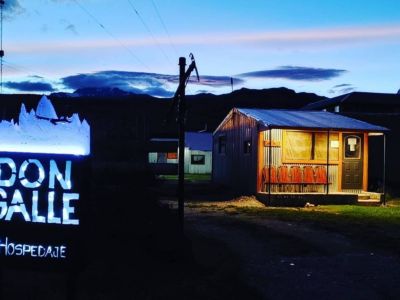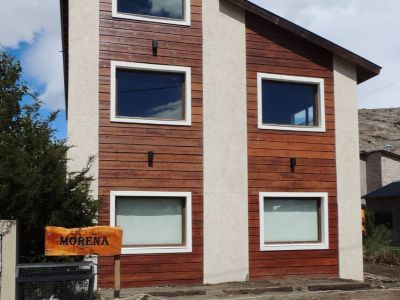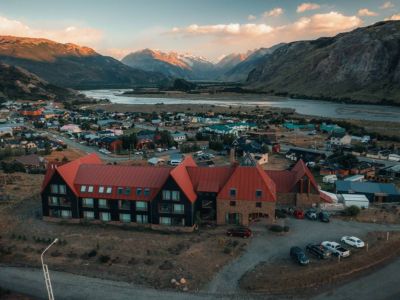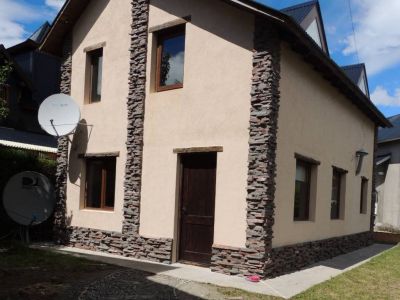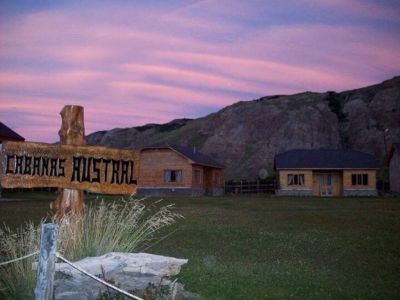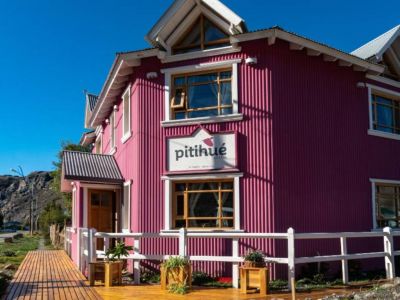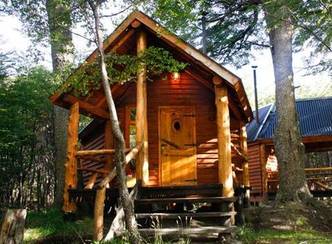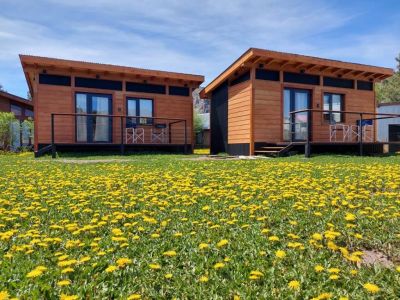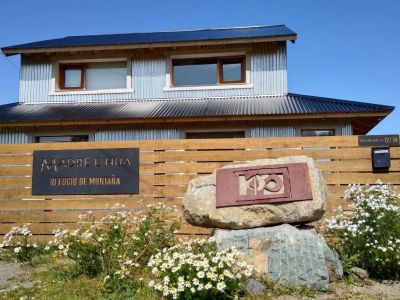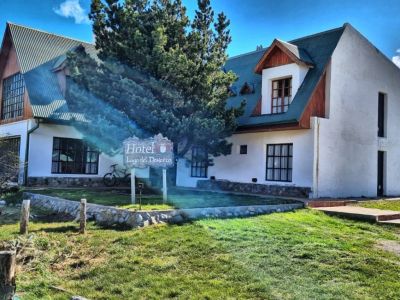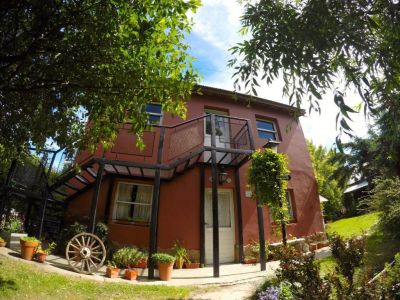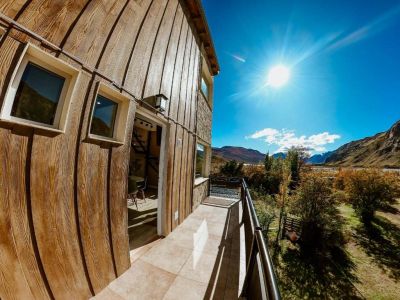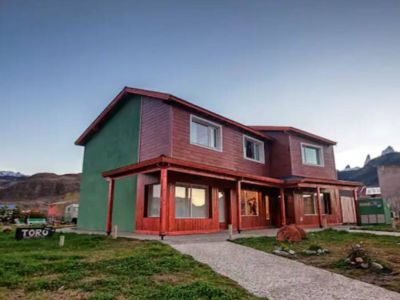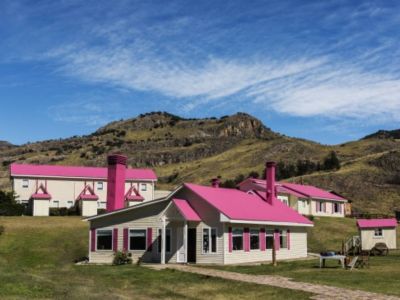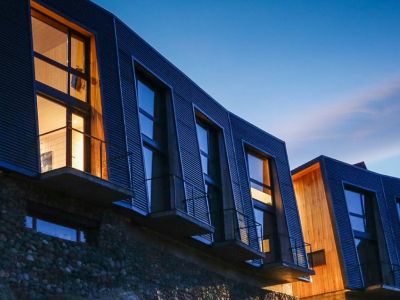Walking around the Hiking Capital of Argentina
Just a visit to this town lets everyone understand why it has come to be called the Hiking Capital of Argentina. There is absolutely no doubt about that.
Saying "Chaltén" in Patagonia is a synonym for mountain, walking, hiking, climbing, outdoors and the list could go on. The town was created in 1985 as a geopolitical strategy that put an end to the border conflicts with Chile over Lago del Desierto. Ever since its modest origins, this small mountain district has developed according to the typical features of its first denizens: love for the mountain being the first one. Thus, the youngest town in Argentina continued to grow and today, with almost a thousand dwellers that reside there year round, it has a spirit of its own which makes it different from all the other Patagonian towns. For instance, there is no cell phone service by choice of most of its inhabitants.
When the national authorities invited the civilians to settle the village, many men and women that would be the first denizens of this area arrived in their caravans not only from different corners of Argentinian Patagonia but also from other sites in the country where the weather features are completely different. The land began to be subdivided and the new owners started the painstaking task of raising a town that could provide shelter, as well as the chance to survive year round, at least by working hard during the high seasons. Thus, the hostels, recreation areas, restaurants and all the basic services first settled when a city begins gradually appeared. A dreamed-of place for mountaineers and climbers from all over the world, El Chaltén has been declared the Hiking Capital of Argentina. Beyond this title, there are more than enough reasons for its visitors to set out along its hiking trails. There are plenty of attractions, reached through paths of various difficulties. All of them lead to ideal scenes that seem to become magical sites. From the air, the town may be seen resting on the mountains by Lake Viedma, whereas one of its natural borders is the well-known Río de las Vueltas (River of the Bends), whose winding light-blue course when the waters run clear grants a supernatural facet to its shores. El Chaltén is surrounded by ravines that announce the presence of the mountain range and is watched by the Viedma Glacier and the ancient massifs known as Mount Torre and Mount Fitz Roy. Three mandatory trails are the ones leading to Laguna de los Tres (Lake of the Three), to the Torre Glacier and the seven-day crossing across the continental ice fields, which guarantees photographs that seem to be taken at the Pole or Antarctica. But if there is one icon in this small village, that is the local brewery. When hikers come down the mountain on sunny summer afternoons, they find a table there to enjoy a good mug of craft beer. This brewery has become an emblem of the village. It is the site where visitors bond and think together about what trail to choose the following day. In addition to the abovementioned trials, day after day hundreds of adventurers let themselves be tempted by various paths that start at the very town and after a few hours of hiking and diverse degrees of difficulty, reward hikers with real unimaginable paradises. No sooner had we entered the town than we found a trail forking into several viewpoint destinations. Some of them are the Condors Viewpoint (lying 1 kilometer away from the village), the Eagles Viewpoint (2 kilometers away), Loma del Pliegue Tumbado (12 kilometers away from town) and the unbeatable Lake Toro, reached after hiking along 15 kilometers, which takes approximately 7 hours. The hike to Lake Torre (the anteroom to the magnificent Torre Glacier) is another trail starting at Chaltén, right behind beautiful Los Cerros Hotel. This hike takes almost 3 hours, as 11 kilometers must be covered to reach destination. The trails leading to the base of the Fitz Roy start towards the end of the village. Many of them display other emblematic sites like Lake Capri, Lake Mother and Daughter, or the Poicenot or Río Blanco campsites, whose beauty is evident to hikers. There are other paths that become prominent on the way to Lago del Desierto (Lake of the Desert). Chorrillo del Salto Fall, appreciated either before or after visiting famed Lago del Desierto is another interesting attraction that lies barely 4 kilometers away from El Chaltén and after climbing up for 15 minutes offers a delightful waterfall that may also be accessed by bike.
Pablo Etchevers
Jorge González

























